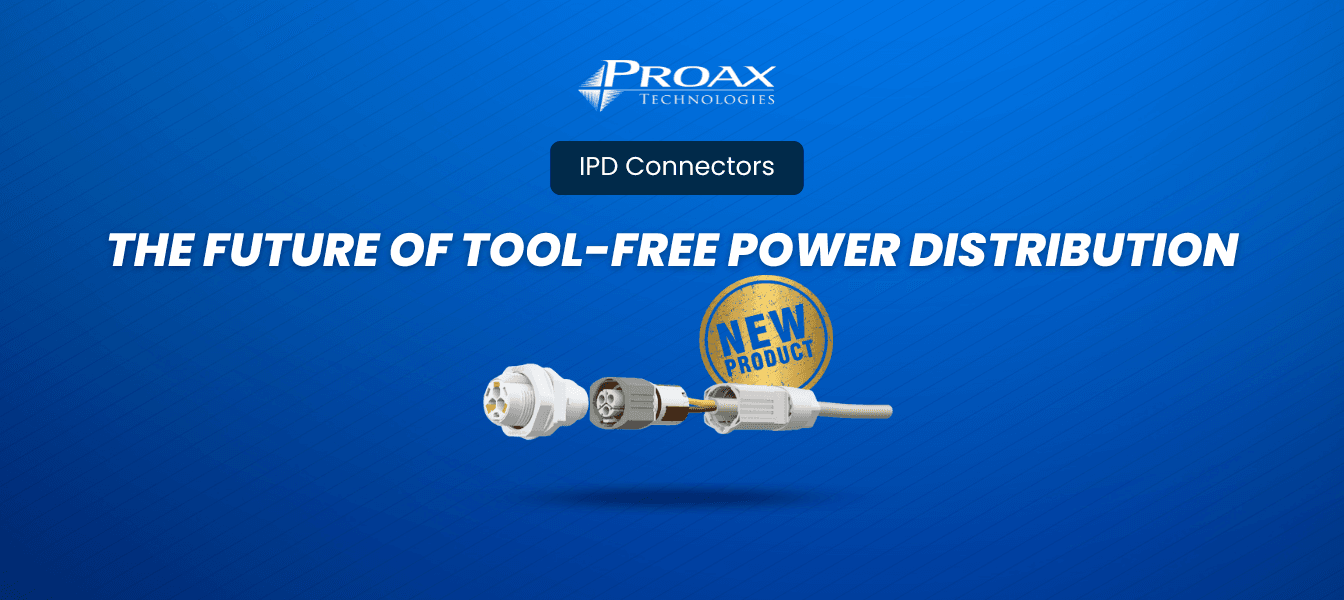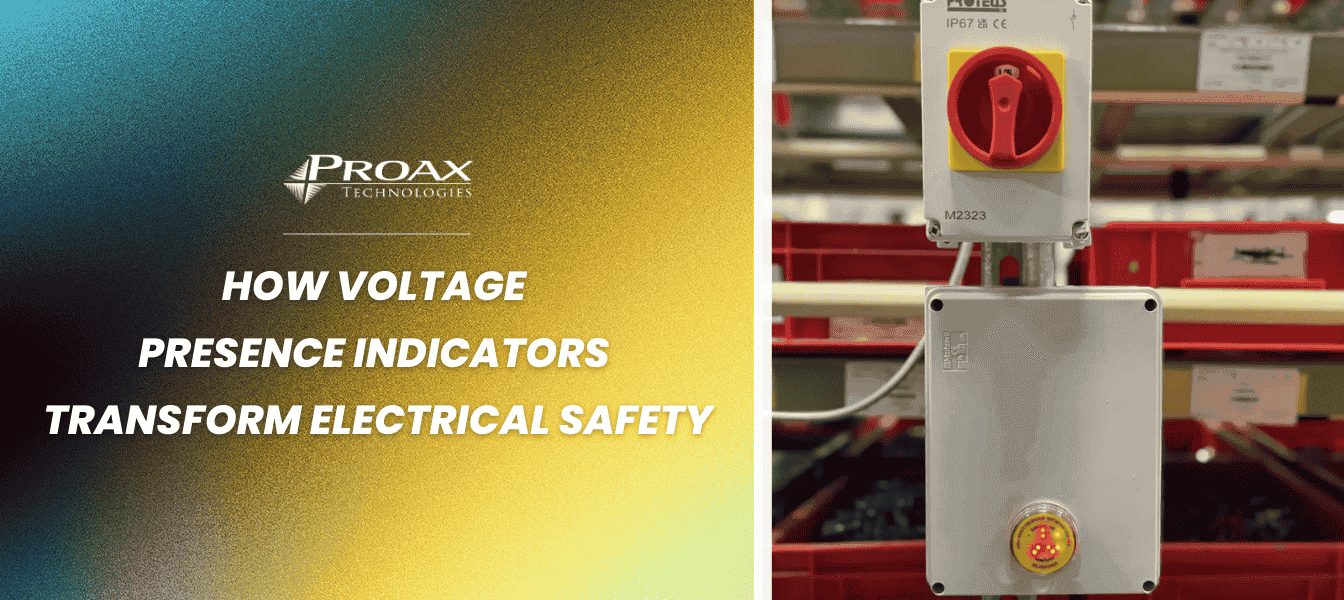When taking on new applications, reliability is always crucial. Especially when dealing with projects in harsh environments, or with existing installations where exact replacements are required. ABB offers the industry’s most comprehensive range of interface relays and power supplies to provide intelligent signals and smart adjustments that help you achieve your project's needs.
What Are Solid State Relays and Reed Relays?
Electronic Relays, more commonly known as Solid State Relays (SSR), are electronic switching devices that switch on or off when an external voltage is applied across its control terminals. Unlike mechanical relays, SSRs have no moving parts and rely on semiconductor components to perform their switching operations. SSRs are credited for their silent operations, and ability to handle a wide range of loads. They are valued in applications where reliability, fast switching, and long service life are critical.
Magnetic Switches, also known as Reed Relays, are electromechanical switches that use a reed switch enclosed within a coil of wire. When an electric current passes through the coil, it generates a magnetic field that causes the reed contacts to come together, closing the circuit. They are most commonly used in applications where non-contact switching is required, such as security systems and industrial controls.

Components
The key components of solid-state relays include an input circuit, an optocoupler or optoisolator, a trigger circuit, and a switching device.
The input circuit typically contains an LED, which activates when a control signal is applied. This LED plays a crucial role in converting the electrical input signal into an optical signal. The optocoupler or optoisolator is the next key component, consisting of a phototransistor or a photodiode that receives the optical signal from the LED. This component ensures electrical isolation between the input and output circuits, enhancing safety and protecting sensitive control circuitry from high voltages.

The optoisolator's signal is processed by the trigger circuit, which then produces the proper control signals for the switching device. Transistors, resistors, and capacitors are frequently used in it to provide accurate and dependable performance.
The primary component that turns on and off the load current is the switching device, which is usually a triac, thyristor, or MOSFET. By managing the actual power switching, this part enables the relay to regulate loads with high voltage and high current. The requirements of the particular application, such as the desired switching characteristics and the type of load, determine which switching device is best.
Last but not least, the heat sink and casing are essential for releasing heat produced during use and shielding the interior parts from the elements. The heat sink keeps the SSR operating within safe temperature ranges, preserving its lifespan and functionality. Because of their robustness, fast switching, and silent operation, solid-state relays are preferred for home appliances, industrial automation, and various electronic control systems.
In contrast to SSRs, which as mentioned use entirely electronic components to achieve their switching, reed relays rely on mechanical contacts which are made up of two ferromagnetic blades enclosed in a glass envelope. These blades are the contact points that open or close the circuit in response to a magnetic field. The glass envelope protects the contacts from contamination and oxidation, ensuring reliable operation.

The coil, which produces the magnetic field required to activate the reed switch, is another essential part. The reed switch's blades come together to close the circuit when current passes through the coil, producing a magnetic field. Usually, the coil is twisted around a bobbin and put close to the reed switch to transfer the magnetic field effectively.
The relay's magnetic efficiency is improved and structural support is given by the core and armature. The armature provides steady and accurate movement of the reed switchblades, while the core, which is often composed of ferromagnetic material, aids in concentrating the magnetic field produced by the coil.
To prevent voltage spikes and guarantee smooth functioning, the reed relay may also have a diode or other suppression parts. The internal components of the relay are shielded from external elements like dust and moisture by the housing or encapsulation, which increases its robustness and dependability.
Advantages

Applications
Solid-State Relays
- Industrial Automation: Because of their quick switching times, extended lifespans, and capacity for high-frequency operations, SSRs are frequently utilized in industrial automation systems to regulate heaters, motors, and other equipment.
- HVAC Systems: Utilized in HVAC systems to regulate compressors, fans, and pumps. They offer dependable, noiseless performance that is essential for preserving a peaceful and quiet atmosphere.
- Lighting Controls: Capable of handling fast switching and offer smooth, silent operation without the wear and tear associated with mechanical relays, making them perfect for controlling lighting systems, including dimming and switching LED lights.
- Telecommunications: Used to control power supply and switch signals in telecom equipment. Their dependability and quick switching speeds guarantee reliable and constant communication services.
- Medical Equipment: Utilized in medical equipment and gadgets due to their accuracy, quiet operation, and dependability. In delicate medical devices like patient monitoring systems, diagnostic machines, and other devices where mechanical noise and failure are undesirable, they are indispensable.

Reed Relays
- Test and Measurement Equipment: Because they have low contact resistance, great reliability, and excellent signal integrity—all of which are essential for precise measurements—reed relays are employed in precision test and measurement equipment.
- Telecommunications: Used in telecommunications systems to switch signals in routers, modems, and other communication devices. For dependable functioning, they must be able to manage high voltages and offer electrical isolation.
- Security Systems: Alarm systems, door sensors, and other security system components frequently have reed relays. They are appropriate for determining if security access points are open or closed due to their mechanical simplicity and dependability.
- Medical Devices: Because of their precise switching characteristics, electrical isolation, compact sizing, and reliability in mechanical operations, reed relays are utilized in a variety of medical devices. They are present in devices like pacemakers, MRI scanners, and other diagnostic instruments.
- Automotive Electronics: Reed relays are used for switching in sensors, electronic control units (ECUs), and other automotive electronics in automotive applications. They can be used in cars because of their robustness and resilience in challenging conditions.

About Proax Technologies:
Proax Technologies is a leading Technical Automation Distributor that offers innovative product solutions in the areas of Automation and Robotics, Motion Control, and Machine Safety; creating close relationships with our valued customers, vendors, and employees. We've been in the marketplace for over 60 years and we continue to grow and expand our product line and services to meet our customer's needs. Currently, Proax has over 260+ employees with 14 branch locations coast to coast. Our key point of difference is our in-house technical solution team that enables us to provide solutions dedicated to customer-specific product or solution needs. We have a team in all regions to assist you with technical support across our entire range of products.
Stay tuned for more updates on our team's achievements and company milestones. Follow us on our social channels














































